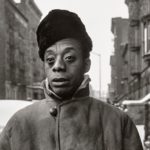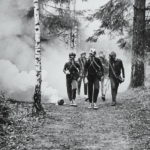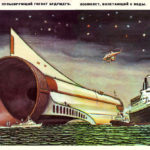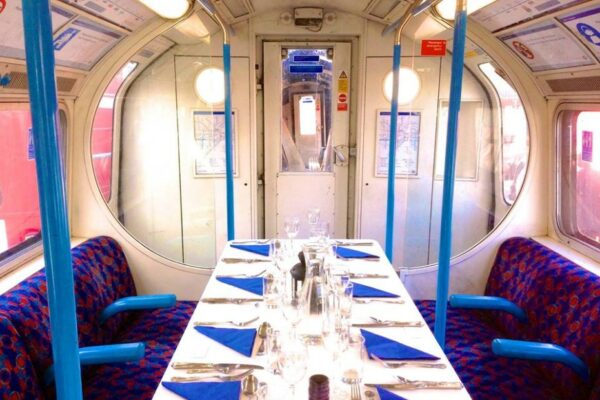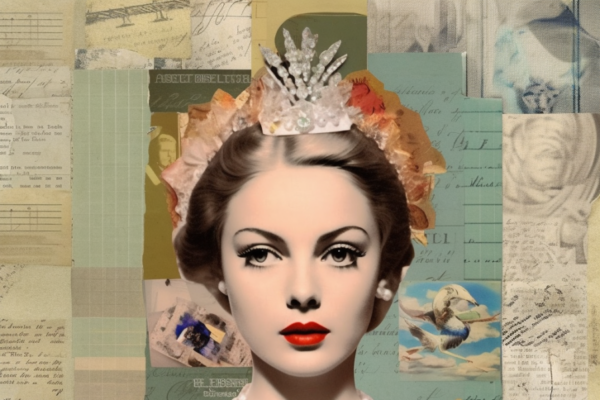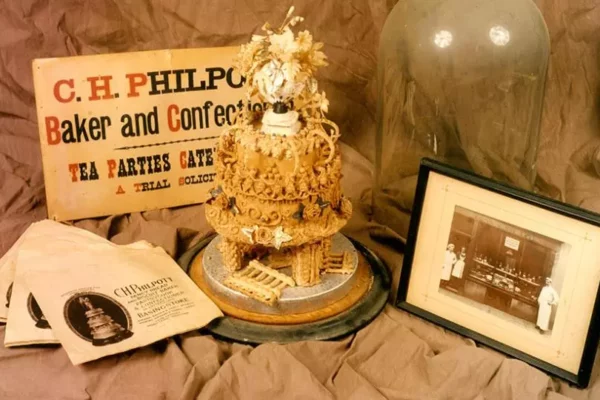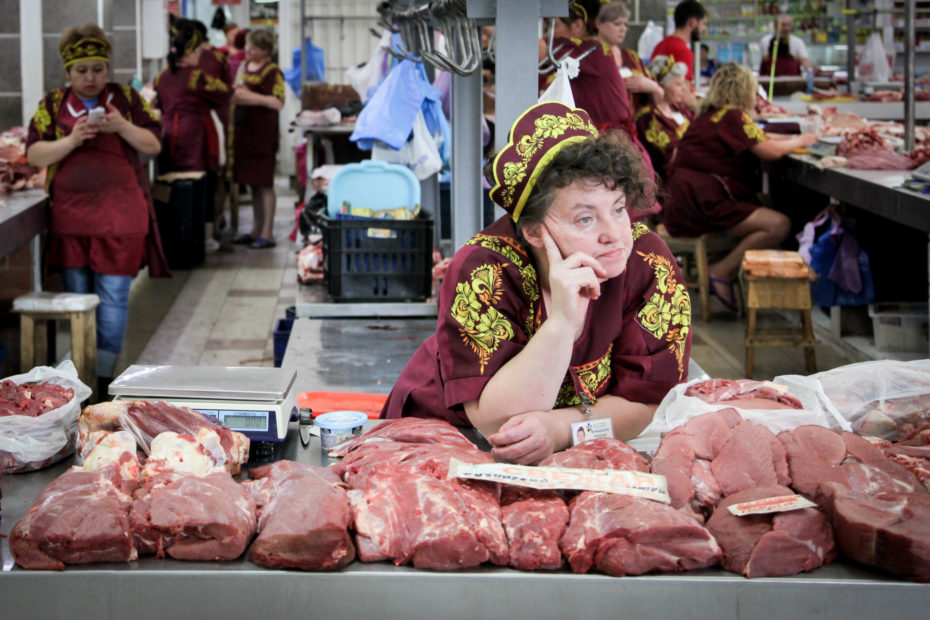
Novosibirsk, Siberia
My name is Gianluca Pardelli and this is my photographic odyssey to document the extraordinary atmosphere of the post-soviet market stalls and the astonishing ethic diversity of the people operating them. Markets in the former Soviet Union are, indeed, a fascinating mix of different cultural flavours. It’s hard to give them a geographical or ethnic label, as they can neither be defined as European nor as Asian. They are somewhat reminiscent of Eastern Europe before World War II, mixed with the scents of an Arab or a Jewish souk plus a whiff of a Turkish bazaar.
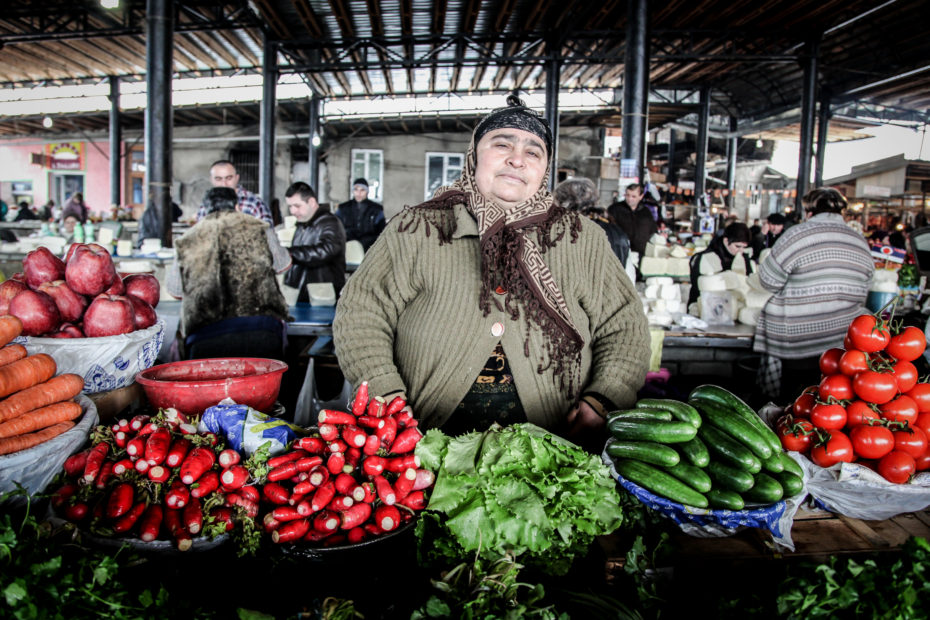
Telavi, Georgia
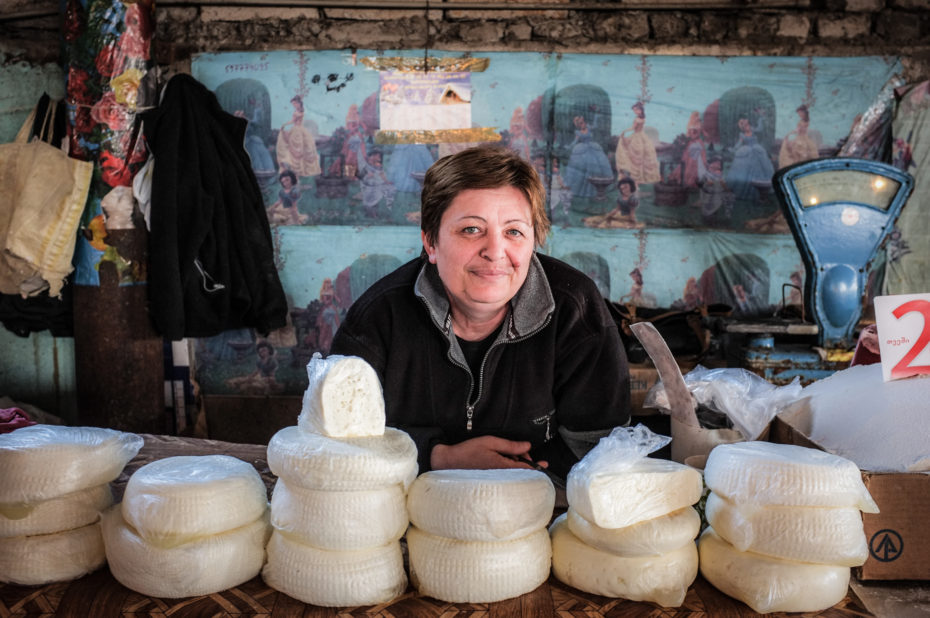
Rustavi, Georgia
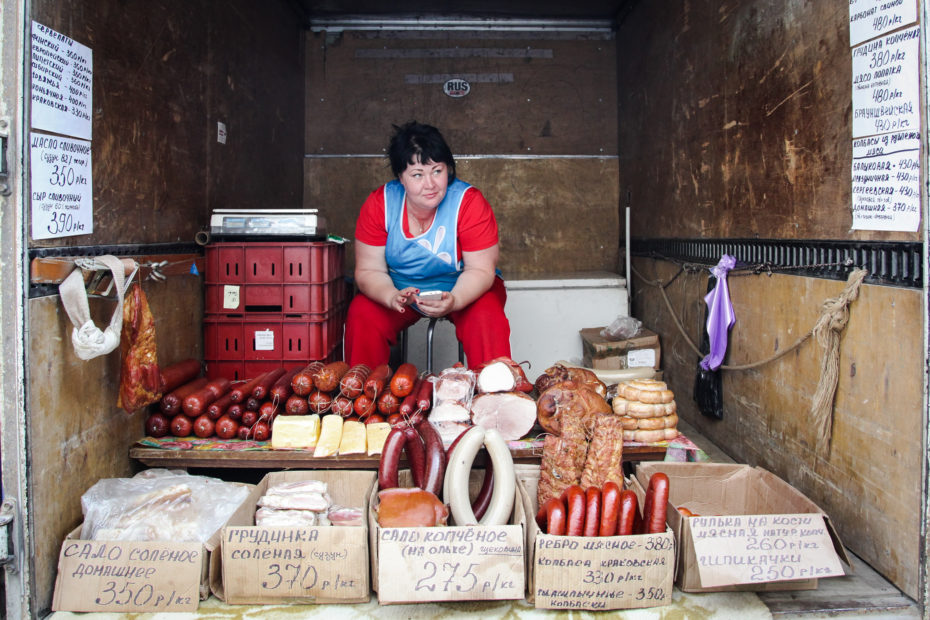
Novsibirsk, Siberia
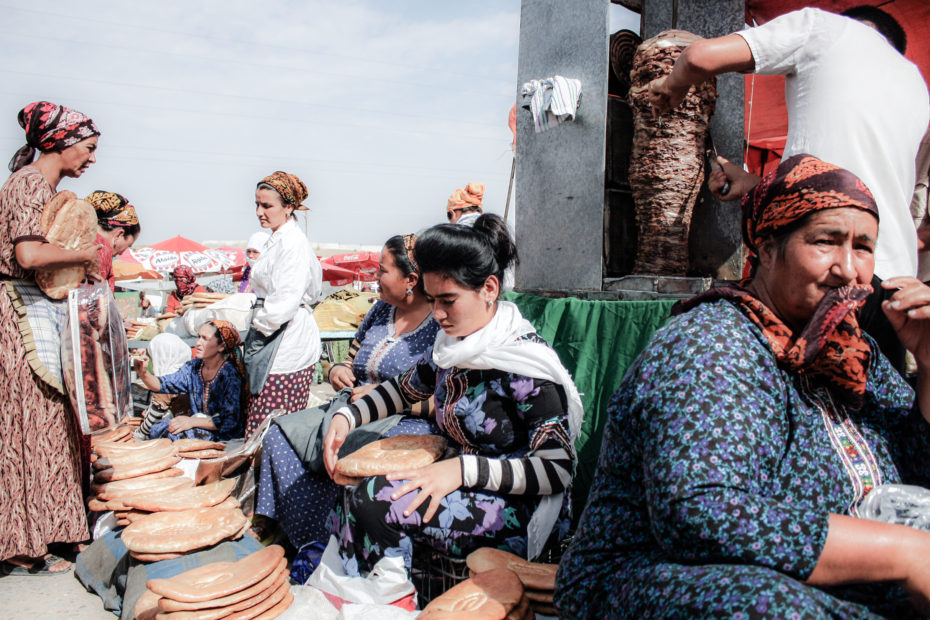
Tolkuchka, Turkmenistan
I was born and raised in a gritty Italian seaside town and I quickly learned to appreciate the unexpected beauty hiding behind even the dullest of the places. Beside the high yellow cranes rusting away in the outskirts and the giant red cargo ships docked in the harbour, the most colourful thing I can remember from my childhood was the sprawling food market where my mother used to lead me around while shopping for fresh local products. The noises, the shades and the scents of that loud, magic and slightly intimidating place still rank among the best memories I can recall from those early seasons of my life.
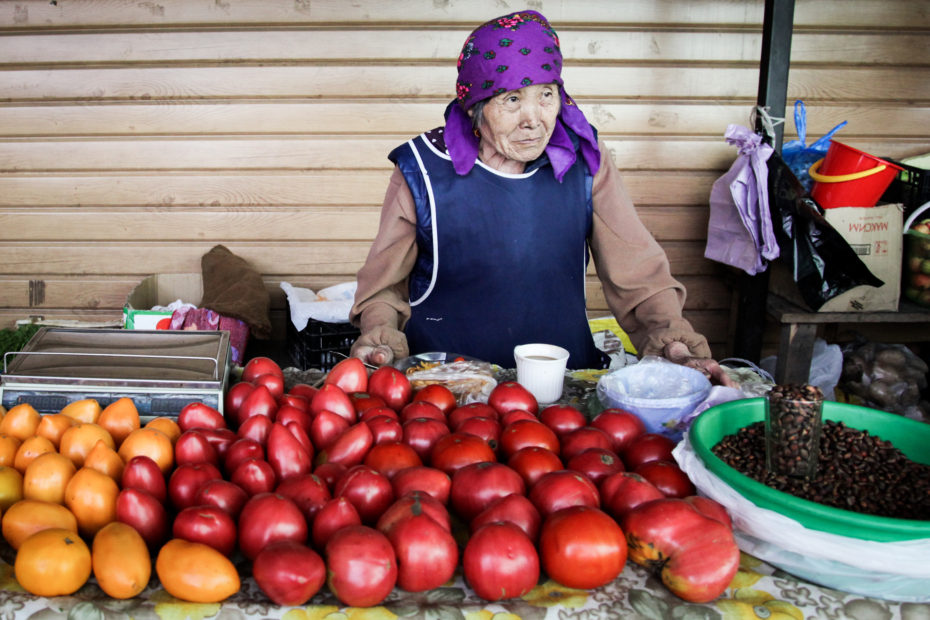
Gorno-Altaysk, Altai Republic
Several years later, after many a journey across the endless vastness of the former Soviet Union, I eventually realized that one of the main reasons I was attracted to this part of the world for was indeed the ubiquitous presence of bustling markets thriving with colourful goods and rowdy sellers.
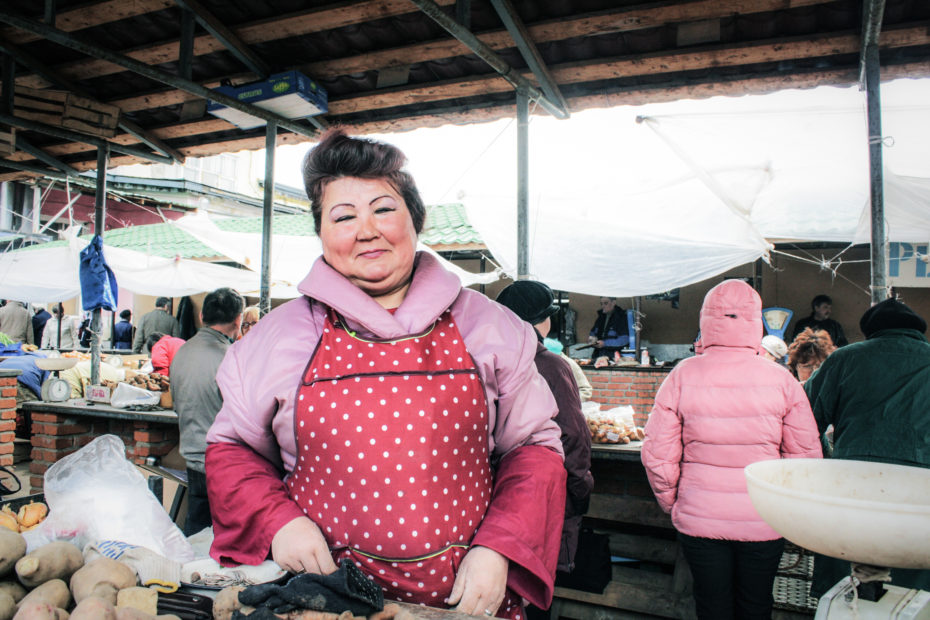
Yoshkar-Ola, Republic of Mari-El
I had explored remote backwaters and gone after interesting stories in and around the former USSR and yet I didn’t understand that the strongest gravitational pull was coming from those oddly glamorous bazaars so similar to the chaotic paradise of my childhood.
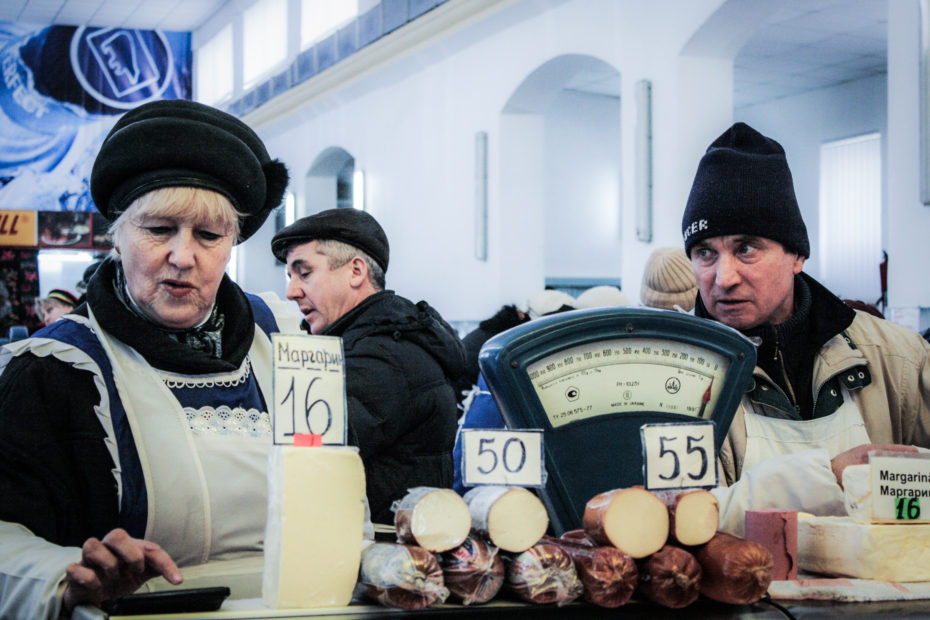
Chisinau, Moldova
These markets represent a unique intangible cultural heritage of a now disappeared multi-ethnic country, whose complex and controversial legacy has yet to be fully understood. Churchill once said that Russia – and the whole USSR by extension – was like “a riddle wrapped in a mystery inside an enigma” and it’s certainly true that trying to understand this part of the world is like trying to compose a mosaic of a million tiles.
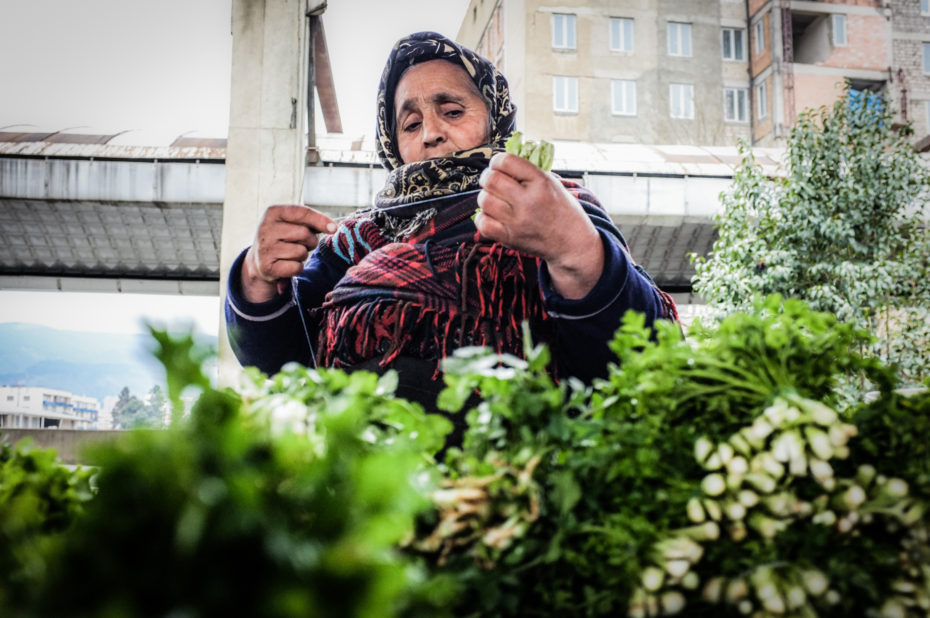
Tbilisi, Georgia
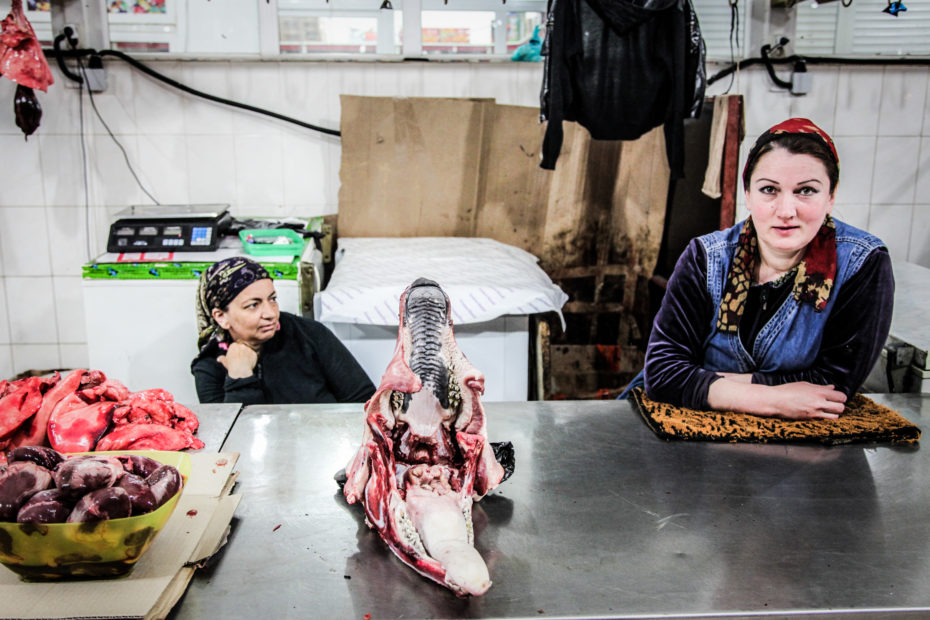
Makhachkala, Dagestan
The utterly intriguing and at times truly bizarre world behind the markets represent an essential tile of this mosaic and its comprehension could provide a key to open at least one of the many secret doors leading to the solution of the enigma.
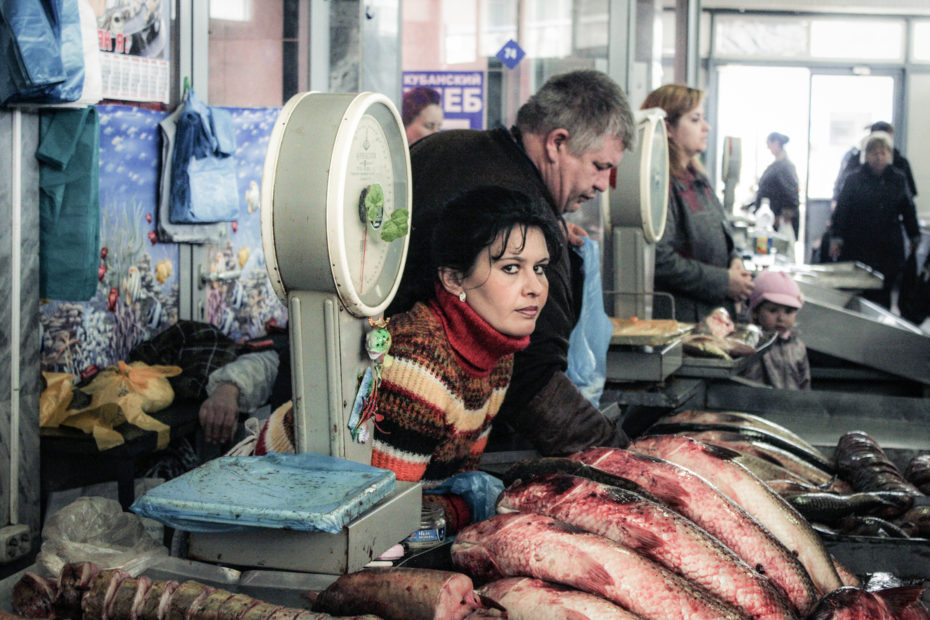
Astrakhan, Volga Region
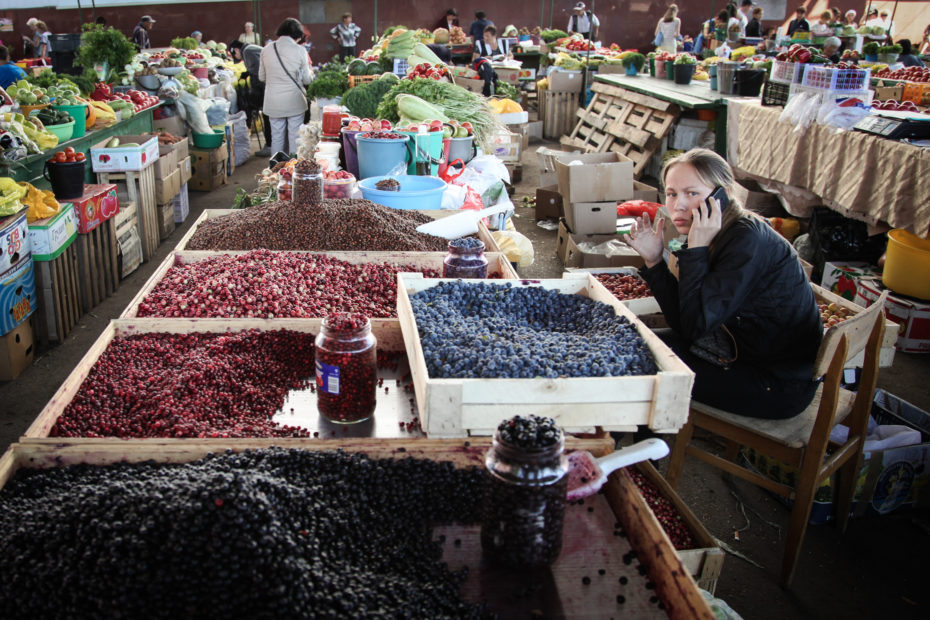
Ulan-Ude, Buryat Republic
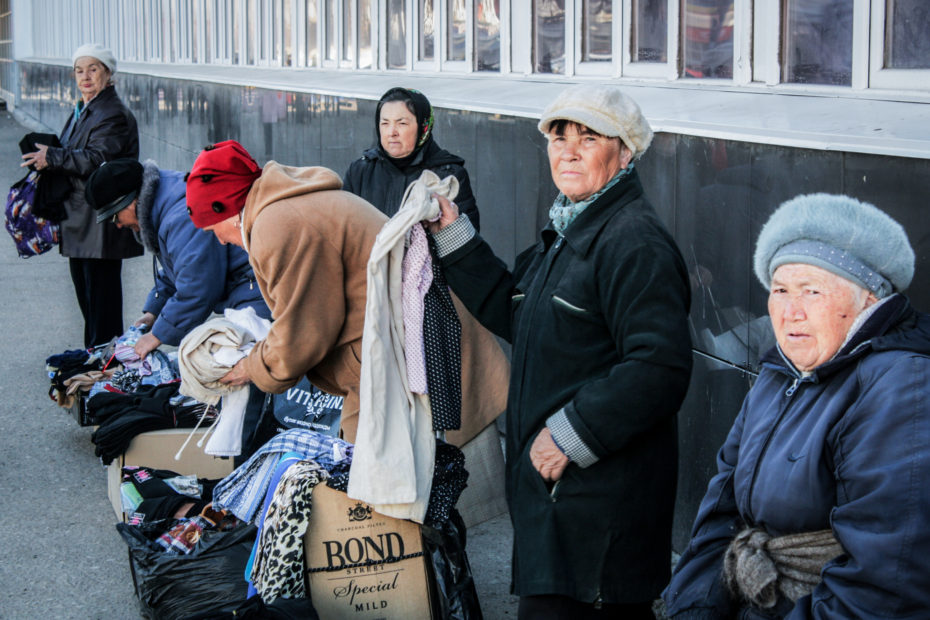
Ufa, Bashkortostan
For the past five years, I’ve travelled across the former “Evil Empire”, from Azerbaijan to Uzbekistan, Moldova to Georgia, Chechnya to Siberia, capturing the places where people come together to sell food and produce, and to trade news and gossip.
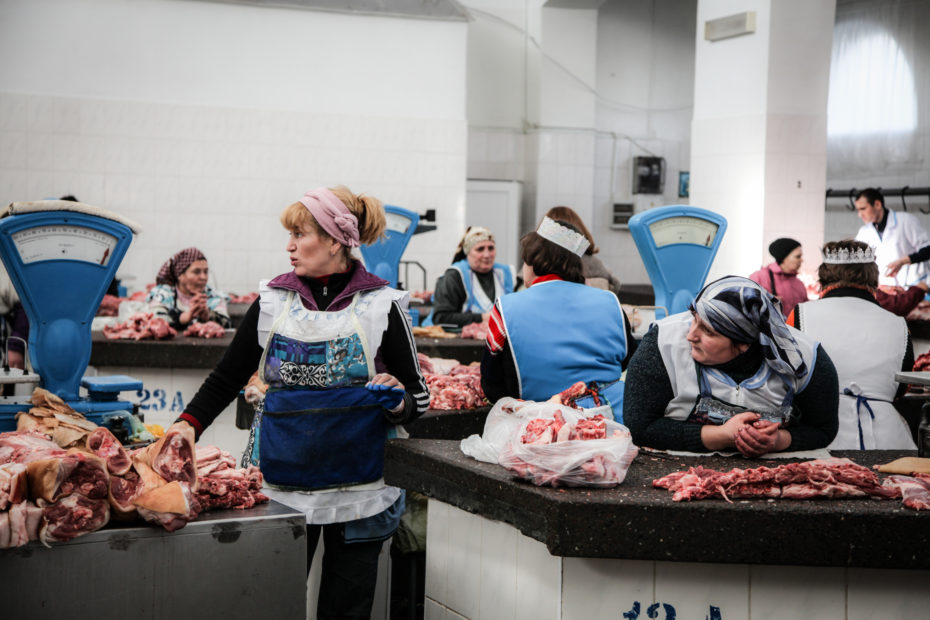
Chisinau, Moldova
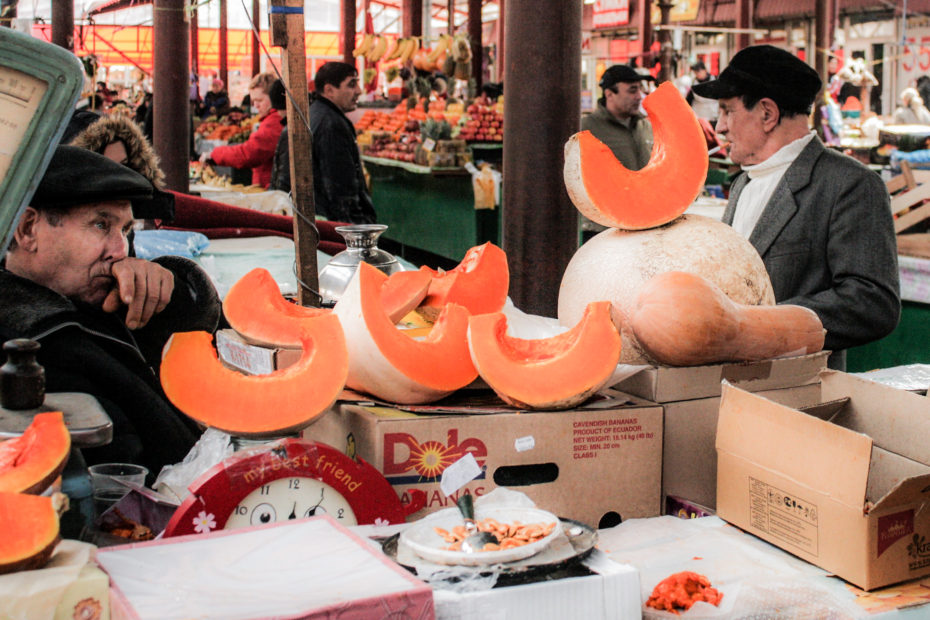
Odessa, Ukraine
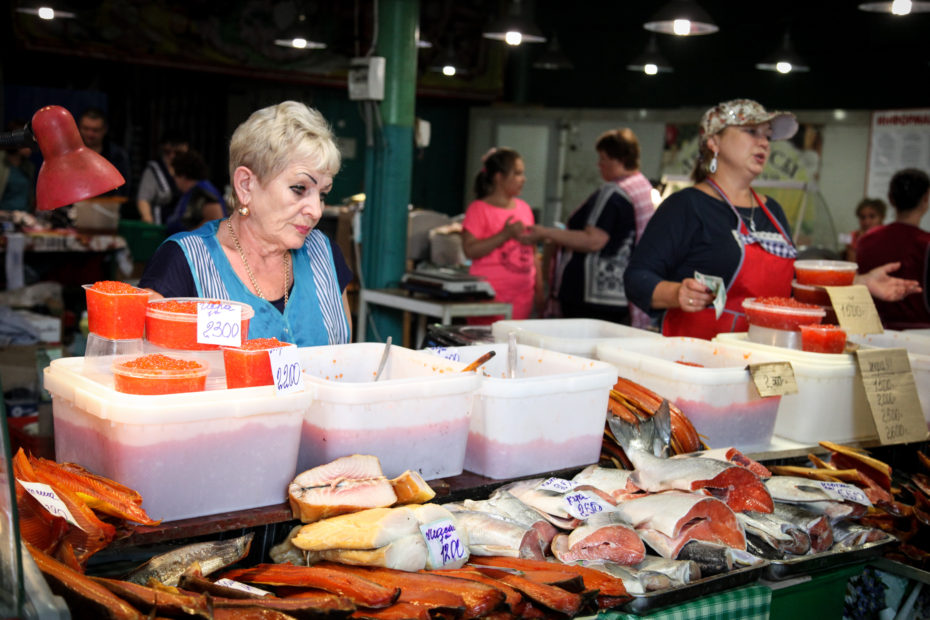
Vladivostok, Russian Far East
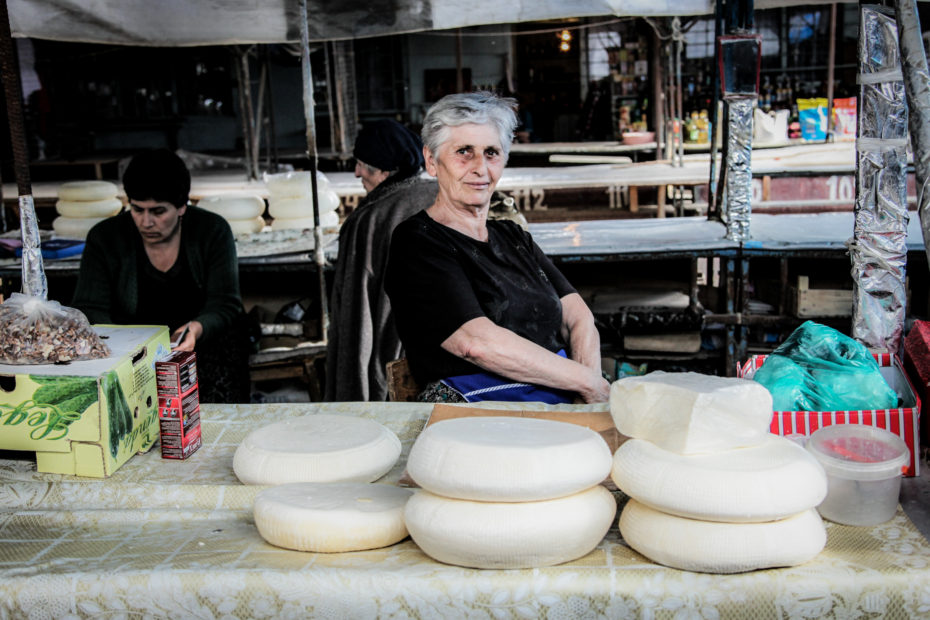
Tskhinvali, South Ossetia
In the markets I visited across the region I found a link between past and present: the atmosphere and smells, the way traders and customers talked and interacted seemed to me a way of life that harked back to the Soviet era, or indeed possibly before that. In a stall selling fresh fish in Astrakhan or pumpkins in Odessa I could find all of the history, all of the memory.
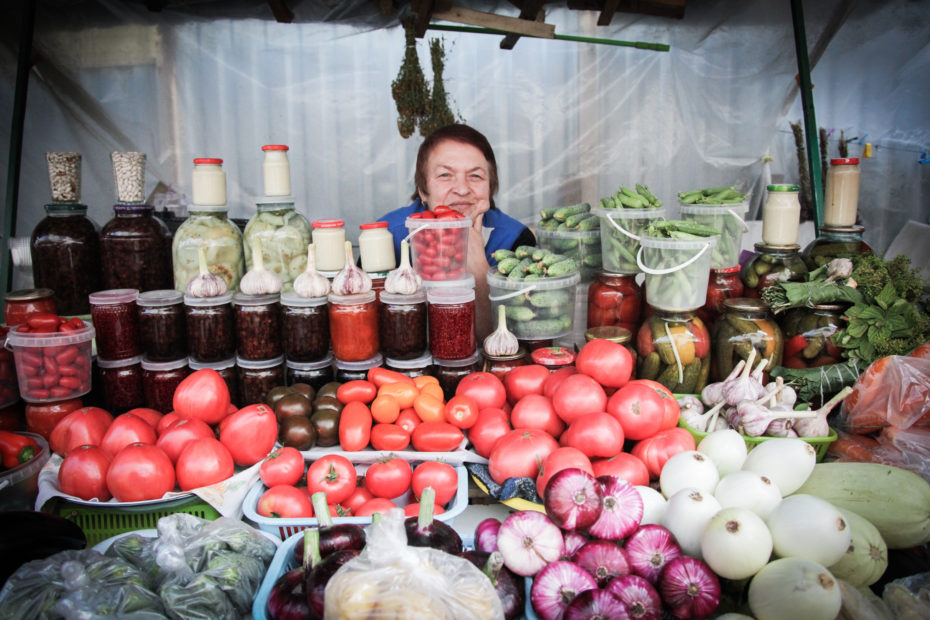
Kazan, Tatarstan
Discover more stories from the USSR and beyond on Gianluca Pardelli’s website.


